Search
Remove Ads
Advertisement
Summary 
Loading AI-generated summary based on World History Encyclopedia articles ...
Search Results
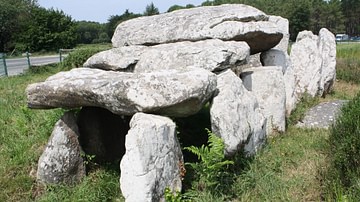
Definition
Carnac
Carnac, located on the north-west coast of France, is the site of the largest concentration of megalithic monuments in the world. Over 100 monuments, which include burial mounds, stone tombs, enclosures, and linear arrangements of menhirs...
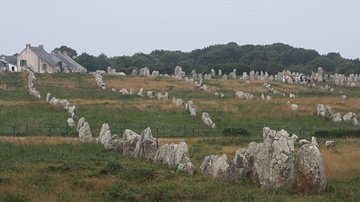
Image
Carnac Alignments, France
A section of the Carnac Alignments in north-west France. These granite stone menhirs were placed in long parallel lines sometime between 5,000 and 3,000 BCE. Their purpose was most likely as markers of processional ways and sacred places...
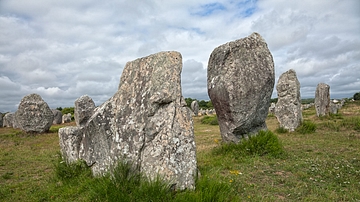
Image
Carnac Stones
Stone megaliths at Carnac, Brittany, France.

Image
Kermario Dolmen, Carnac
The Kermario Dolmen at Carnac, north-west France. The granite structure was created as a burial chamber and would have originally been completely covered by an earth mound. The megaliths of Carnac were built between 5,000 and 3,000 BCE.
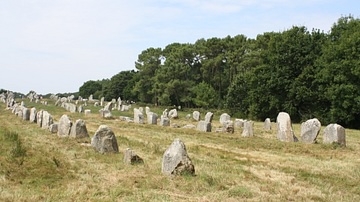
Image
Menhir Alignments, Carnac
A section of the Carnac Alignments in north-west France. These granite stone menhirs were placed in long parallel lines sometime between 5,000 and 3,000 BCE. Their purpose was most likely as markers of processional ways and sacred places...
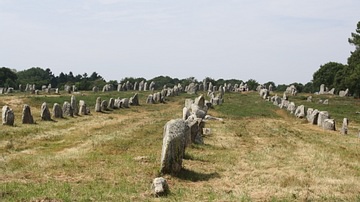
Image
Granite Menhirs, Carnac
A section of the Carnac Alignments in north-west France. These granite stone menhirs were placed in long parallel lines sometime between 5,000 and 3,000 BCE. Their purpose was most likely as markers of processional ways and sacred places...
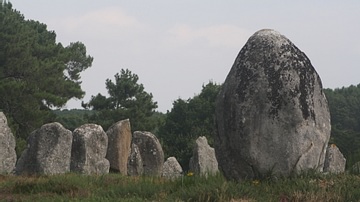
Image
Large Menhir, Carnac Alignments
A section of the Carnac Alignments in north-west France. These granite stone menhirs were placed in long parallel lines sometime between 5,000 and 3,000 BCE. Their purpose was most likely as markers of processional ways and sacred places...
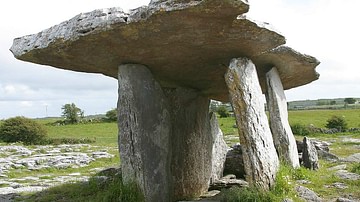
Definition
Dolmen
A dolmen is a megalithic structure typically formed from a large horizontal stone slab resting on two or more upright slabs. The oldest European examples are found in Brittany, northern France, and date to the 5th millennium BCE. Dolmens...

Image
Neolithic Variscite Necklace
A variscite necklace from the Neolithic site of Carnac, north-west France. (Archaeological Museum of Carnac)
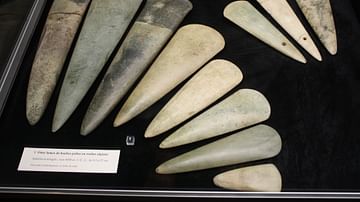
Image
Neolithic Axe Heads
Axe heads of jadeite and eclogite from the neolithic site of Carnac, north-west France. (Archaeological Museum of Carnac)